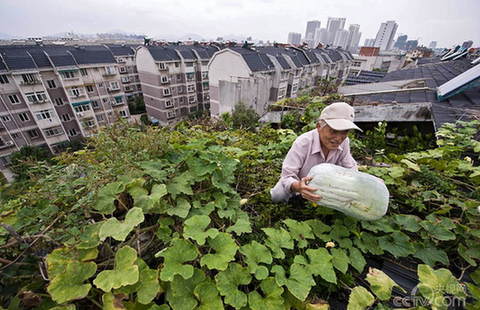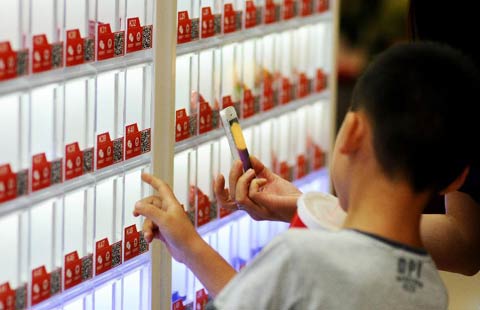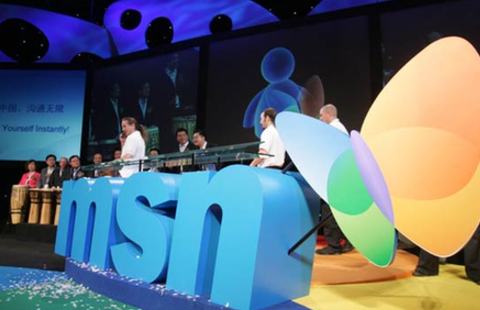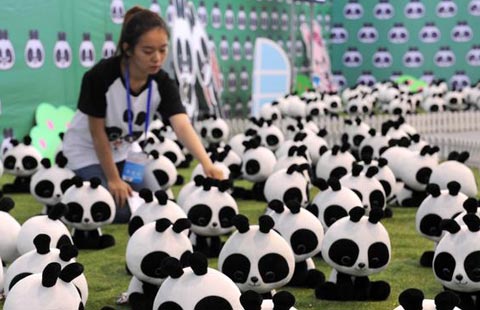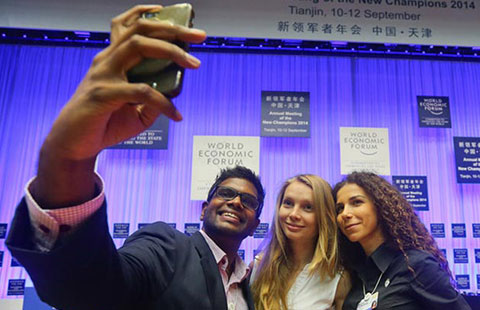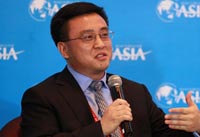Chinese jewelry firms design brighter future
By Liu Lu (China Daily) Updated: 2014-09-15 09:27
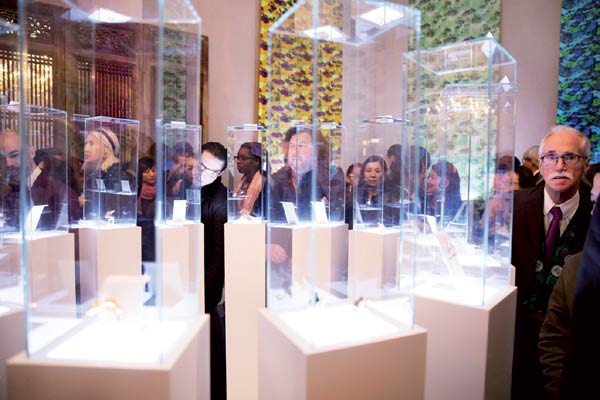 |
|
Visitors at a TTF jewelry show in Paris. CHINA DAILY |
Since 2010, TTF has taken part in the Baselworld Watch and Jewelry Show in Switzerland, the world's biggest trade expo for the items, making it the first Chinese jeweler and the third jeweler from Asia to win a permanent spot at the exhibition.
In March, TTF was the only cultural and creative enterprise to accompany Chinese President Xi Jinping on his state visit to France. There, it signed investment agreements with the Paris Commercial Economic Development Board relating mainly to its opening of new stores in Paris.
TTF recently moved its company headquarters to Place de Vendome, occupied by luxury hotels and many of the world's top jewelry brands. Its Paris flagship store is set to open early next year. It also plans to open stores in London, New York and Hong Kong.
Wu says most Chinese jewelry brands are weak in design innovation, which undermines their competitiveness.
"Some Westerners think that Chinese jewelry makers are only good at making replicas of famous brands," Wu says. "But I want to change their minds by creating a high-end jewelry brand that combines modern design, handcraft and Chinese culture.
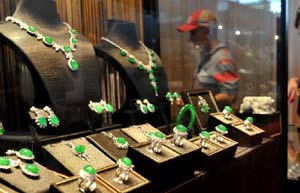 |
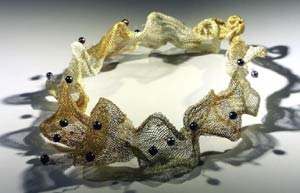 |
British jewelry designer Theo Fennell's work provides a clue of what innovative East-West fusion means.
His Chinese Secret Garden ring, one of his most classic designs, which sells for about 40,000 pounds ($64,400), is typical of his fusion designs. Tiny-hinged doors on the ring open to reveal a miniature traditional Chinese garden painted in enamel.
Wu believes the greatest appeal of a jewelry brand lies not only in its design originality and creativity, but also in its rich cultural connotations.
"Our designs are inspired by China's 5,000-year culture and history. TTF absorbs nutrients from Chinese traditional jewelry series imprinted with strong and distinctive Oriental favor, such as the qipao series, Chinese zodiac animal series and jade lotus series."
The qipao series is named after a traditional dress for Chinese women popular during the first decades of the 20th century, and also features pieces evocative of the Art Deco styles of the era often seen in cities like Shanghai.
"Our works provide international buyers with something fresh that can both express Chinese culture and is in line with the trend of international jewelry designs."
Wu says in addition to stiff competition from prominent jewelry makers, the hardest thing is to gain recognition in a market long dominated by Western brands.
"Western elite did not accept a high-end jewelry brand from China in the first place and doubted our design originality," Wu says. "But we gradually changed their prejudices with our fine products."
Despite difficulties, some jewelry makers are optimistic about the prospects of China's jewelry industry and believe it will not be long until the emergence of the equivalent of top Western jewelry brands in China.
"Chinese are slowly creating some high-end brands. There are already some Chinese apparel brands that have successfully been built into high-end brands, gradually splitting the market share of international brands," says Cai Guocheng, managing director of KET Jewelry, a Hong Kong-based company specialized in making gold jewelry.
"There is no longer a shortage of skills at Chinese jewelry enterprises, so I think it won't be long before we see the rise of a high-end jewelry brand from China."
- Alibaba kicks off Asia roadshow in HK
- Alibaba set for biggest IPO in history
- China's rooftop power generation surges despite challenges
- CNOOC reports first deepwater gas discovery in South China Sea
- China, Malaysia join hands in port partnership
- Shanghai FTZ senior official removed
- Urban farmers in China
- Beijing raises hiring standard for foreign employees
